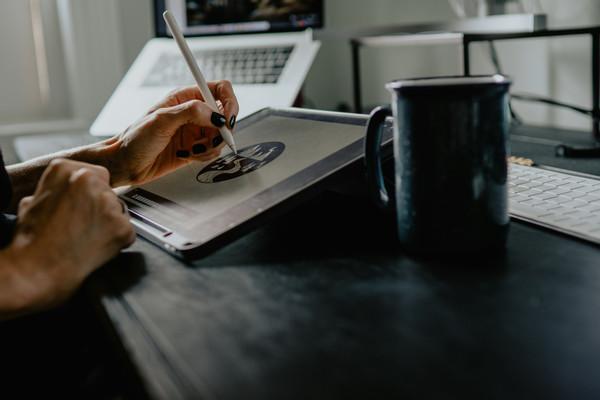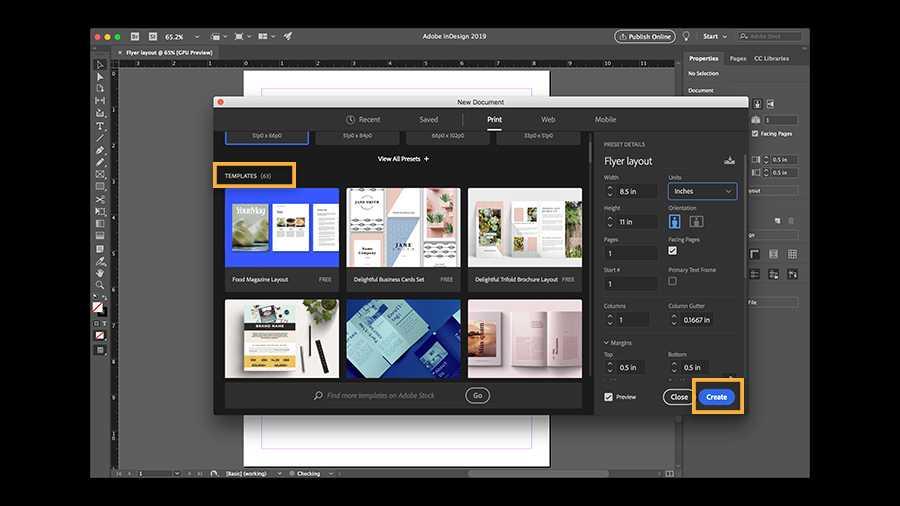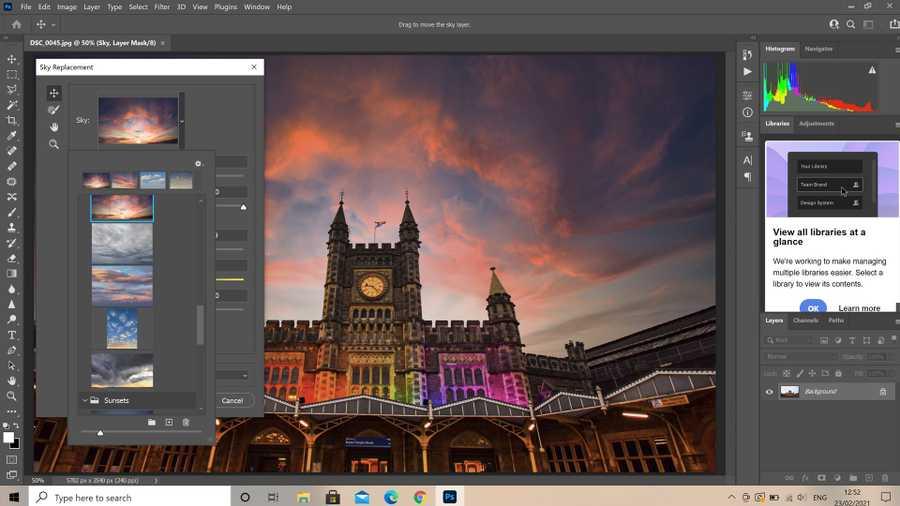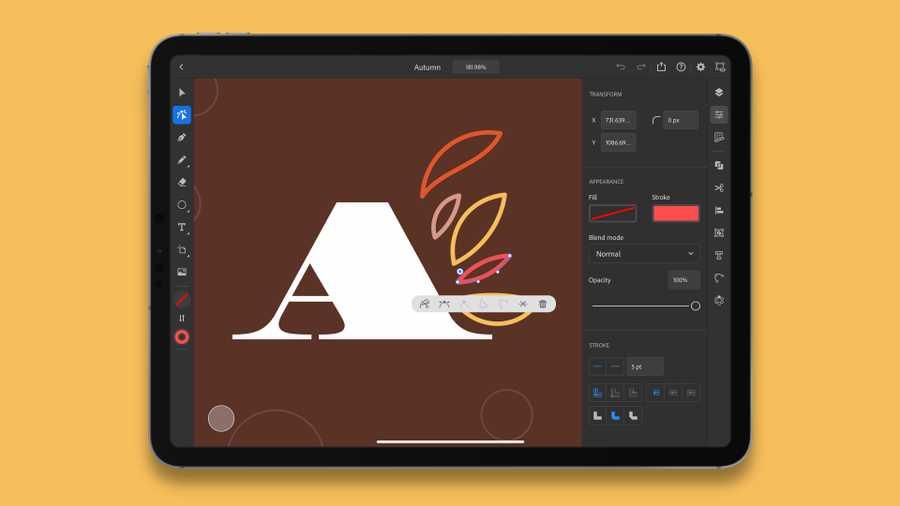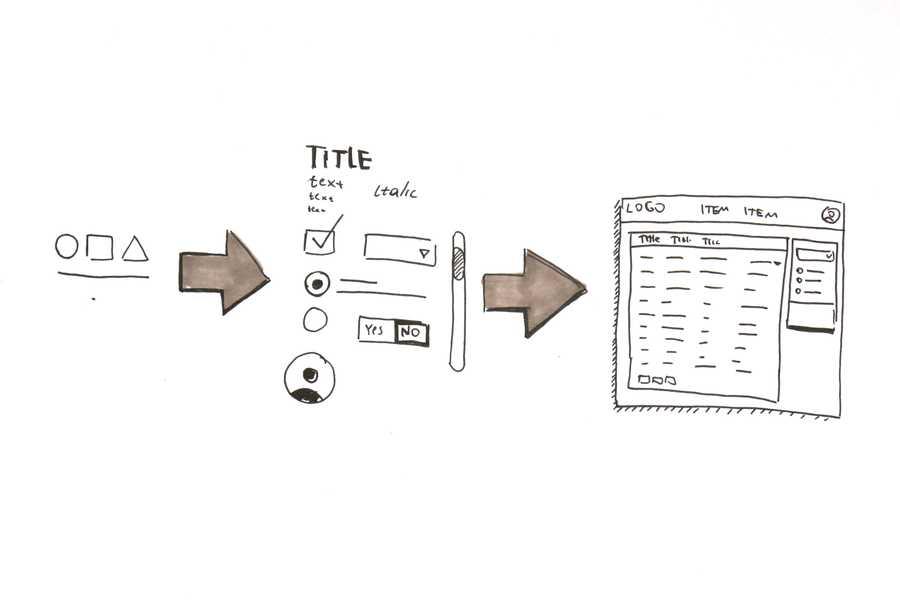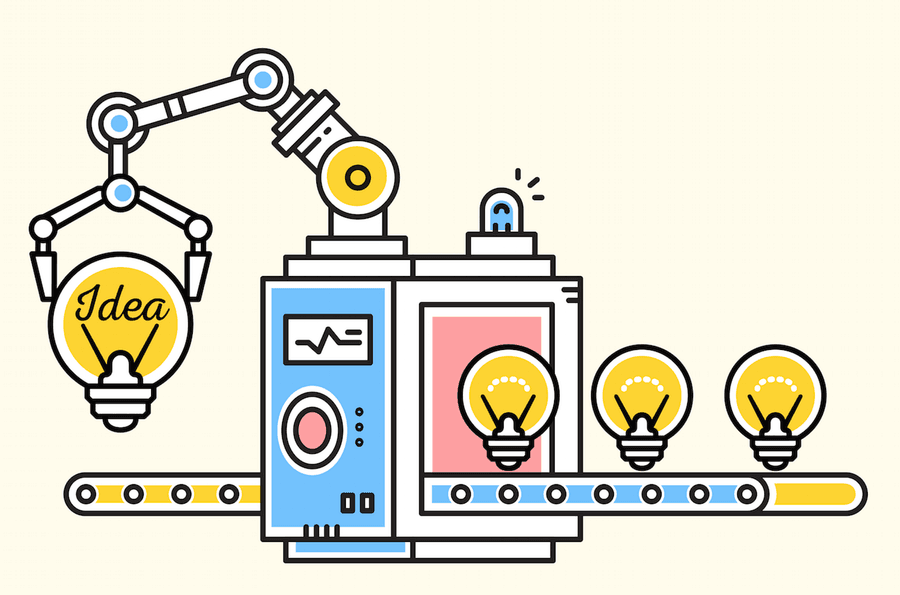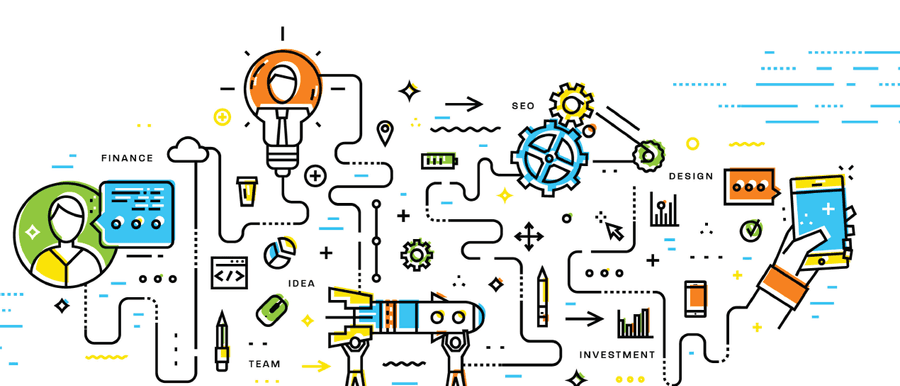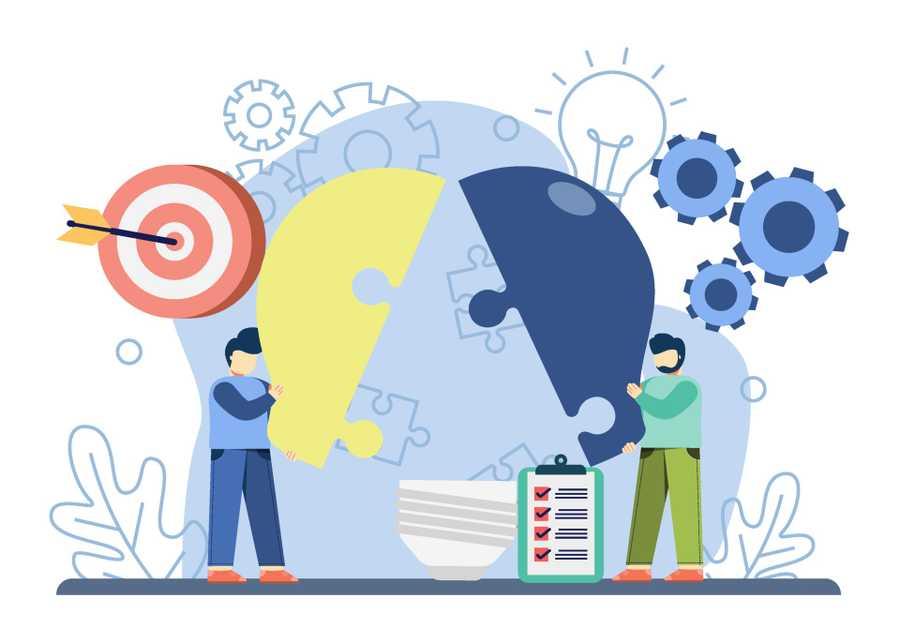11 Graphic Design Skills That Employers Want To See
Curated from: shillingtoneducation.com
Ideas, facts & insights covering these topics:
14 ideas
·13.7K reads
119
3
Explore the World's Best Ideas
Join today and uncover 100+ curated journeys from 50+ topics. Unlock access to our mobile app with extensive features.
Adobe InDesign
First released over 20 years ago, Adobe InDesign is a graphic designer’s best friend and most valuable piece of software.
It can be used to create posters, flyers, books and magazines, amongst many, many other things—all those things that immediately spring to people’s minds when you say you’re a graphic designer.
You won’t find a graphic designer who isn’t both a master of InDesign and simultaneously constantly learning new tips and tricks on the programme. It really is amongst the essential skills needed to be a graphic designer.
211
1.72K reads
Adobe Photoshop
Photoshop is the world’s most popular photo editing app.
- As a designer, you’ll be using Photoshop for editing and modifying raster/bitmap graphics (aka JPEGs, PNGS, and GIFs) for use in your designs—in simpler terms, it uses pixels to make images.
- The program can be used for things like cropping, color-correcting, resizing, and editing images and photos.
- It’s also used for loads more jobs that will be part of a designer’s repertoire from overlaying text onto an image to combining photography (yours’ or someone else’s) and graphics.
187
1.15K reads
Adobe Illustrator
Adobe Illustrator is a vector graphics editor first released in 1987. Vector graphics are not made up of pixels, but instead are made up of paths and can therefore be scaled much more than raster graphics. While Photoshop deals with the latter, Illustrator deals with vectors.
The program can be used to create a variety of digital and printed images—we’re talking logos, charts, illustrations, cartoons, graphs, diagrams—basically anything that may need to be printed or displayed at different sizes or on different formats.
192
1.05K reads
Digital (UI, UX, Sketch)
Digital design is most commonly split into two fields: UI and UX.
- UI, which stands for User Interface, is focused on visual experience—how a piece of digital design actually looks.
- Meanwhile, UX, which stands for User Experience, is focused on usability—how a piece of digital design actually works.
Though you may often see jobs advertised as being explicitly UI or UX designers, it is important for all digital designers and all designers, in general, to have a good understanding and skills in both fields.
207
1.29K reads
Typography (Typesetting etc.)
Typography means any skills related to typography that a graphic design might use—from picking the right font for a project to really getting in to the nitty-gritty of typesetting with alignment, kerning, and leading.
Most of these typography-related skills will be used when working in InDesign, but will also be used in every programme a designer uses.
189
1.1K reads
Design Principles
They are key in creating any successful design. Let us quickly break down what each one means or how it affects a design:
- Alignment—> creates a sharper, more unified design.
- Repetition—> strengthens a design by tying together otherwise separate parts and, as a result, creates associations.
- Contrast—> is the most effective way to create emphasis and impact with your design.
- Hierarchy—> creates organisation.
- Balance—> provides stability and structure to a design, either through symmetry or tension of elements.
245
1.16K reads
Ideation (Moodboards, Idea Generation, etc.)
Ideation: In graphic design terms, it can be defined as the creative process of generating, developing and communicating new ideas.It can often be broken down into four steps: Research->Idea Generation->Evaluation->Apply.
206
1.2K reads
Branding
A brand, put simply, is a set of ideas a company or products stands for in people’s minds.
There are five key parts to a brand’s anatomy and a designer should be well aware of all of them: the brief, the brand strategy, the brand values, the brand ideas and the brand identity.
Designers should know how to understand a business inside out and pinpoint why it is special and be able to bring a brand to life through logos, colours, typography, illustration, photography, graphic elements and everything else that makes a brand a brand.
210
787 reads
Designing for Print
Designers should know the two types of printing, offset and digital, and how to prepare for them. They should know all the terminology associated with printing—bleed, slug, crop, fold marks—and print production—ink limits, dot gain and transparency.
Designers should be up to scratch with different file formats, PDF and Packaged InDesign, when to use the correct colour systems, either CMYK or PMS and beware of knockout and overprinting.
191
748 reads
Portfolio Management
A designer’s portfolio is arguably their most important tool—it will be used when job searching when pitching to clients and showing off their amazing work to their friends and colleagues.
There are certain elements of portfolio management that can be learned. For example, things like how to correctly lay it out, what information to include and social media skills, such as properly maintaining and using Instagram and Behance profiles. These, of course, are super important for a designer to know so that they can have the most successful portfolio possible.
196
688 reads
Creativity
Why do designers need creativity? This might be quite obvious.
A creative mindset in an important graphic design skill as it enables a designer to excel in pretty much every stage of the design process: from coming up with initial ideas when brainstorming a brief through to developing, designing and refining your concepts.
186
751 reads
Communication
First of all, graphic design can be defined as “effective visual communication of an idea or concept” so communication is at the very heart of what a graphic designer does. You’re going to need top communication skills to actually get pen to paper and start designing.
On top of this, from your first day as a student all the way up to being a creative director, communication is going to be key to your career. You’re going to have to not only talk but also listen to your teachers, your team, your clients, account managers and so many other people.
187
622 reads
Strategy
Designers need to develop a strategy for how they tackle a brief.
For each brief they work on, designers should have a readymade strategy in place to make the process as streamlined and efficient as possible.
180
695 reads
Problem Solving
Graphic design can actually be seen as one big piece of problem-solving: You’re given a brief by a client, which you can think of as a problem, which you then have to solve using the skills you’ve developed through your graphic design training.
Problem solving actually pops up at several points during the graphic design process. For instance, after you present your design to the client, you’ll be given feedback. You’ll then have to revise your design so it meets the clients’ expectations. In this example, the problem is the feedback and the solution you have to come up with is the revisions.
183
798 reads
IDEAS CURATED BY
Margaret Richardson's ideas are part of this journey:
Learn more about career with this collection
How to create a strong portfolio
How to network and market yourself as a designer
How to manage time and prioritize tasks
Related collections
Similar ideas
5 ideas
How to Get a Job as a Graphic Designer | Glassdoor
glassdoor.com
6 ideas
What is Product Design? [Beginner’s Guide]
careerfoundry.com
8 ideas
Read & Learn
20x Faster
without
deepstash
with
deepstash
with
deepstash
Personalized microlearning
—
100+ Learning Journeys
—
Access to 200,000+ ideas
—
Access to the mobile app
—
Unlimited idea saving
—
—
Unlimited history
—
—
Unlimited listening to ideas
—
—
Downloading & offline access
—
—
Supercharge your mind with one idea per day
Enter your email and spend 1 minute every day to learn something new.
I agree to receive email updates
